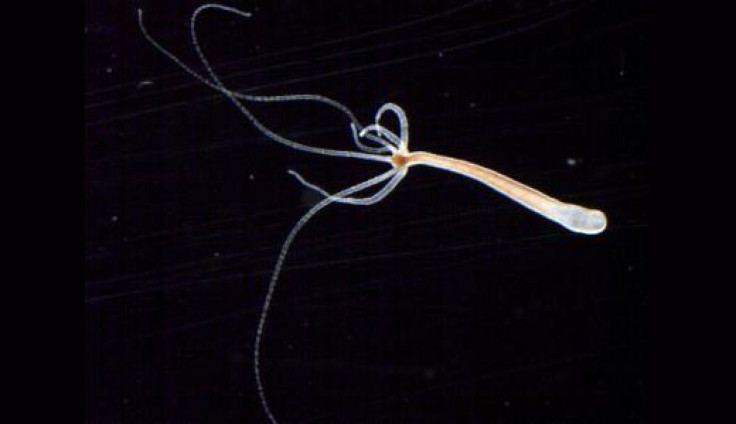Turning The Clock Backward: Study Says Some Species Get Stronger And Less Likely To Die With Age
People are strong and healthy in their youth, but as they grow old, they weaken and ultimately die. This is true for humans and for most of the animal and plant kingdom. But, there are exceptions to this rule.
According to a new study, the process of aging is unexpectedly diverse and not all species weaken and wither away. Instead, according to researchers from the University of Southern Denmark, some species get stronger and less likely to die with age, while some others are not affected by age at all -- a revelation, which led the researchers to conclude that “increasing weakness with age is not a law of nature.”
“Many people, including scientists, tend to think that ageing is inevitable and occurs in all organisms on Earth as it does for humans: that every species becomes weaker with age and more likely to die. But that is not the case," Owen Jones from the Max-Planck Odense Center at the University of Southern Denmark, and the lead author of the study, said in a statement.
As part of the study, published in the journal Nature on Sunday, the researchers examined ageing in 46 different species including 11 mammals, 12 other vertebrates, 12 plants and one algae. The researchers found that there was huge diversity in how the different organisms aged.
According to the researchers, while humans, other mammals and birds become weaker with age, some other species such as tortoises and certain trees become stronger as they put on the years. In addition, there also are species that become neither weaker nor stronger as they grow old, such as the hydra, a freshwater polyp, the study found.
“The diversity of mortality and fertility patterns in these organisms surprised us, and there is clearly a need for more research before we fully understand the evolutionary causes of ageing and become better able to address problems of ageing in humans,” Jones said.

The researchers found that for several species, such as humans, killer whales and invertebrates like water fleas, mortality increases with age. But, some other species, including the desert tortoise (Gopherus agassizii), experience a decrease in their mortality rate as they age. Many plant species, such as the white mangrove tree (Avicennia marina), also follow the same pattern.
The freshwater polyp (Hydra magnipapillata) has a very low mortality rate. In fact, in lab conditions, it has such a low risk of dying at any time in its life that “it is effectively immortal,” the researchers said.
“Extrapolation from laboratory data show that even after 1400 years five per cent of a hydra population kept in these conditions would still be alive,” Jones said.
The researchers also identified certain species that become more fertile with age, and this pattern is especially common in plants such as the agave (Agave marmorata) and the rare mountain plants, hypericum (Hypericum cumulicola) and borderea (Borderea pyrenaica).
“It makes no sense to consider ageing to be based on how old a species can become. Instead, it is more interesting to define ageing as being based on the shape of mortality trajectories: whether rates increase, decrease or remain constant with age.” Jones said.
Meanwhile, the study has been criticized by several scientists who have questioned the biological basis of the comparison.
“This study is a useful reminder that the patterns of ageing are diverse, but it is not a refutation of existing theory,” Stephen Stearns, an evolutionary biologist at Yale University in New Haven, Conn., told Nature. “That would require difficult empirical measures of the trade-offs between reproduction and mortality, which haven't yet been done.”
© Copyright IBTimes 2024. All rights reserved.












